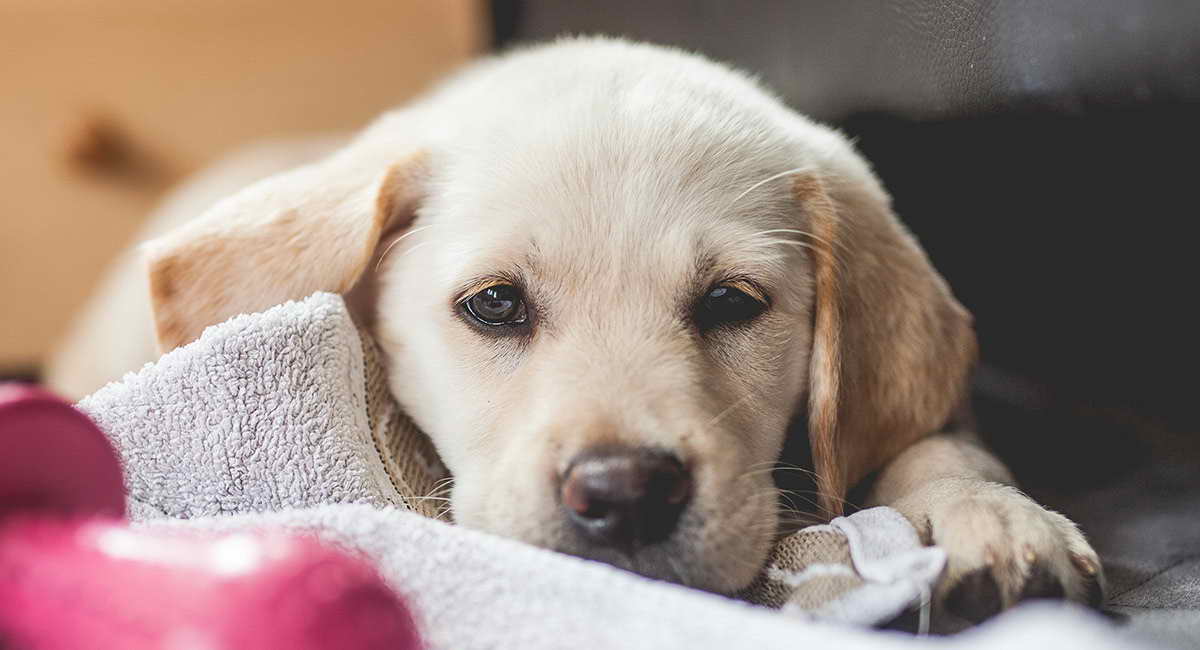
Lab Golden Retriever Mix Puppy
There are many things to consider before buying a Lab Golden Retriever Mix Puppy. Buying one is not a bad idea, but it is important to research each dog thoroughly. If you’re going to be adopting a Lab puppy, make sure to find a reputable breeder. You’ll also want to take it to a veterinarian for shots, worming, heartworm testing, and other important procedures. You can find a local veterinarian who has experience with lab puppies to avoid any unpleasant surprises.
Labs have a lot of energy and will often get into trouble if they don’t get plenty of exercise and play. If you don’t give them enough playtime, they’ll pull on leashes, jump on people, and chew things they’re not supposed to. Don’t reinforce bad behavior by punishing them for it. You can also attend puppy training classes. Lab puppies are easy to train, which makes them good choices for new dog owners.
The Lab Golden Retriever Mix is a highly social dog. But you should also keep in mind that a Golden Retriever Lab Mix may become destructive to your home if you’re not careful. This breed is also known to chase small animals, so you’ll need to take steps to limit their access to the outside world. If you have a yard, you can spend your time playing with them. They don’t need to be groomed, either.
A Lab Golden Retriever Mix is a large breed and will grow to between 22 and 24 inches tall.
If you plan to own a Lab Golden Retriever puppy, you’ll need to consider your home and the size of your family. They’re large dogs, and they might accidentally knock over a small child. The size of a Lab Golden Retriever mix puppy will depend on its parents. In general, a Goldador will be around 60 to 80 pounds. The females are smaller than the males.
The Lab Golden Retriever Mix has a double coat, and it needs to be brushed regularly. The coat sheds moderately. Depending on the type of coat, you may only need to brush the dog twice a week, but during the shedding season, you may need to brush them three or four times a week. However, brushing should not be too much of a hassle if you’re looking for a dog that sheds less.
A Lab Golden Retriever Mix puppy needs a high-quality diet. The diet should contain a good amount of protein, vitamins, and minerals. Labs tend to gain weight easily, and a diet rich in table scraps can lead to health issues. Labs typically live from 10 to 12 years. Goldens live around 14 years. There are many things to consider when choosing a Lab Golden Retriever Puppy.
It is important to remember that the Labrador Golden Retriever is a hunting breed.
They are about 22-24 inches tall with folded ears and a long, wagging tail. They have webbed feet and friendly, enthusiastic expressions. They’re great with kids and are excellent companions in court. If you’re considering buying a Labrador Golden Retriever Mix Puppy, make sure to read the information provided below.
The golden Labrador Golden Retriever Mix is a crossbreed of two working breeds, and it has some of the traits of both. The Labrador is friendly, affectionate, and easy to train. And because of their versatility, they make great family dogs. Whether you’re looking for a dog for your family or a pet for your personal use, Labrador will provide years of faithful companionship and love.
If you’re interested in a smaller breed, it is better to look for a Labrador Golden Retriever mix breeder. The mature dogs will have broader, more athletic bodies than their parents and thicker tails than their parents. It is also important to check for any inherited health problems. If you don’t plan to exercise your new pet much, you should avoid Labrador Retriever Mix puppies.
Labradors are known to have a high incidence of cataracts. If not treated, cataracts can cause vision problems and eventually blindness. Some Labrador parents may have hereditary cataracts, so you’ll need to be sure to get your puppy checked for this disease. Another inherited issue of Labradors is EIC, or ear, eye, and hip dysplasia. This condition causes excessive movement and fitting of the hips, which can cause pain.
Leave a Reply